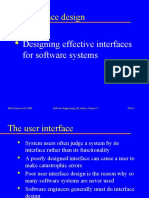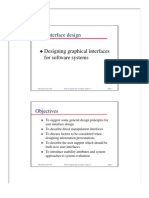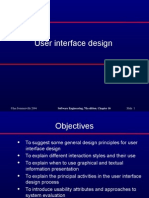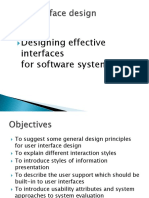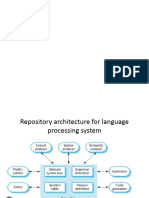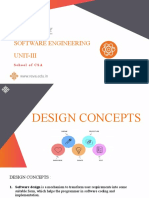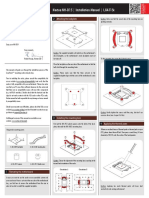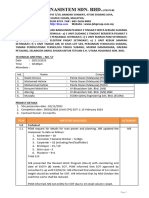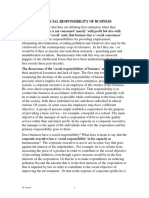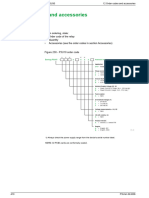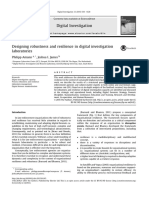0% found this document useful (0 votes)
18 views54 pagesUser Interface Design
Chapter 15 focuses on user interface design, emphasizing the importance of effective interfaces in software systems. It covers design principles, interaction styles, information presentation, user support, and evaluation methods. The chapter advocates for user-centered design, highlighting the need for prototypes and considering user needs and limitations in the design process.
Uploaded by
ansarifariah751Copyright
© © All Rights Reserved
We take content rights seriously. If you suspect this is your content, claim it here.
Available Formats
Download as PDF, TXT or read online on Scribd
0% found this document useful (0 votes)
18 views54 pagesUser Interface Design
Chapter 15 focuses on user interface design, emphasizing the importance of effective interfaces in software systems. It covers design principles, interaction styles, information presentation, user support, and evaluation methods. The chapter advocates for user-centered design, highlighting the need for prototypes and considering user needs and limitations in the design process.
Uploaded by
ansarifariah751Copyright
© © All Rights Reserved
We take content rights seriously. If you suspect this is your content, claim it here.
Available Formats
Download as PDF, TXT or read online on Scribd
/ 54






